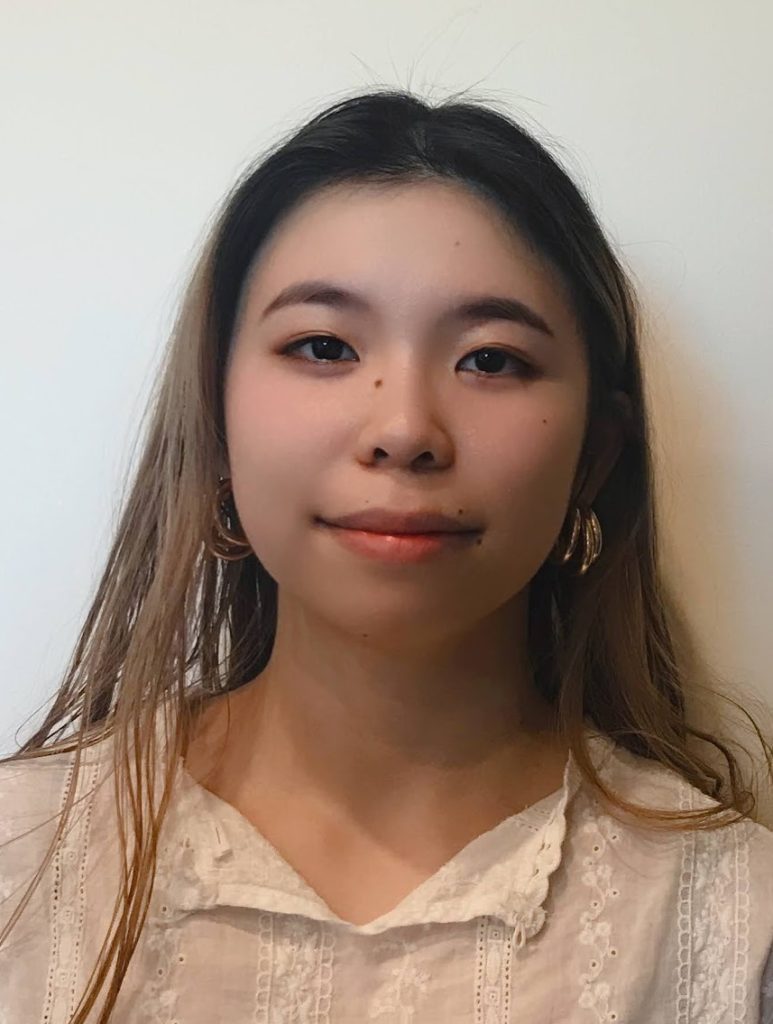Children who stutter, also shown to have trouble with rhythm, may find it particularly challenging to predict and produce temporal patterns in speech needed for turn-taking. Data-intelligence algorithms may prove a novel tool for providing insight into how rhythm and timing in speech shape verbal communication in childhood.

Verbal communication seems easy; most of us use it daily with ease. In truth, it is the result of the coordination of various skills including language production, language comprehension and cognitive skills. Additionally, to have a fluid conversation, speaking partners (or interlocutors) need to be able to take quick turns one after the other, and even repair breaks in the temporal flow as they converse. Interlocutors are also able to adapt each other’s temporal speech characteristics during conversations, such as by changing how quickly they speak or how they modulate this speed with pause and the length of speech.
My research project explores this adaptive mechanism, known as rhythmic coordination, which allows the speaker to predict temporal structure in syllables, words or sentences in their interlocutor’s speech. It also enables the speaker to produce and adapt their own speech’s rhythmic structure based on the interlocutor’s speech. The main goal of my research project is to compare rhythmic coordination patterns of 4-year-old children who do and do not stutter with different interlocutors in this project. A second aim is to explore the relationship between rhythmic coordination and physical activity, hence, to examine if increased physical activity in 4-year-olds may compensate for weaker rhythmic coordination or communicative skills. My research will contribute to the understanding of language acquisition and how rhythm may help shape verbal communication in children. It will also provide first insights into the link between rhythmic coordination and physical activity.
Stuttering is a neurodevelopmental and speech fluency disorder that leads to involuntary disruptions of one’s rhythmic flow of speech. This speech disorder is known to impede the rhythmic flow of conversations through sound or word repetitions, prolongations, or excessively long pauses. According to Ehud Yairi and Nicoline Ambrose, speech and hearing sciences experts, in their 2013 article “Epidemiology of stuttering: 21st-century advances”, developmental stuttering generally manifests in children between three and five years old and affects 5–11% of children, often for a short period. In their 2015 article “Non-verbal sensorimotor timing deficits in children and adolescents who stutter”, Simone Falk, expert in the role of rhythm in language processing, and her colleagues hypothesized that stuttering may result from a deficit in sensorimotor timing predictions. Additionally, various factors may affect stuttering severity and frequency, namely the time of day, experiencing strong emotions and parent-child interaction style, as well as different communication contexts and partners.
Although the exact origins of this variability are unclear, one may hypothesize that the speaker’s adaptation to a conversation partner could positively or negatively impact the flow of conversation. Considering this, rhythmic coordination may be a major challenge for young children, particularly if they stutter, who are only beginning to acquire conversational skills. Indeed, in their 2007 publication “Coordinated interpersonal timing in the conversations of children who stutter and their mothers and fathers”, Eileen M. Savelkoul, expert in communication disorders, and her colleagues have shown that children who stutter have more difficulties using rhythmic coordination during conversation with parents than children who do not.
To examine the variability of 4-year-old children’s rhythmic coordination in my research project, acoustic data from 20-hour recordings of children interacting with various interlocutors will be extracted and analyzed by the LENA automatized speech recognition algorithms. Interlocutors will include a peer of the same age, parents and any siblings if applicable, grandparents or an adult family friend, or both. LENA is a small, child-safe device for daylong recordings, and its algorithms are based on spectro-temporal acoustic features, which allow us to differentiate the participating child’s speech from that of adults and other children in the recordings. From these initial analyses, basic acoustic data will be extracted, such as stretches of child’s and interlocutor’s speech, the number of syllables, duration and location of conversation turns and longer pauses, as well. Physical activity will be recorded through Axy 5 accelerometers, two small devices in custom bracelets worn by participants around the ankle and lower arm to measure the acceleration of the body along the X-, Y- and Z-axes.
Then, using a computer script I wrote in Python, I will compare speech and movement data. I will also examine turn-taking patterns, speech rate and temporal predictability of participants’ speech from previous contributions they and their interlocutors made through analysis of collected speech data. I will use a deep learning algorithm to help facilitate analysis of multimodal data from both speech and movement. I will also use computational tools to manage a large multimodal dataset of spoken speech and its associated physical activity measures throughout this project.
My research will contribute to our understanding of how rhythm and timing in speech shape verbal interaction during childhood and language acquisition through communication, and using AI, my project will set a new precedent, allowing us to bridge the analysis of both speech and movement data. Furthermore, it will provide a novel tool to study rhythmic coordination, and help deepen understanding of children’s spoken communication development as well. Understanding how children acquire language and the role rhythm plays in it has the potential to introduce new collaboration methods with childcare professionals and interdisciplinary academic partners, and, in turn, allow us to devise new programs to promote children’s communication abilities.
This article was produced by Chantal-Valerie Lee, Bachelor in linguistics (Université de Montréal), with the guidance of Marie-Paule Primeau, science communication advisor, as part of our “My research project in 800 words” initiative.